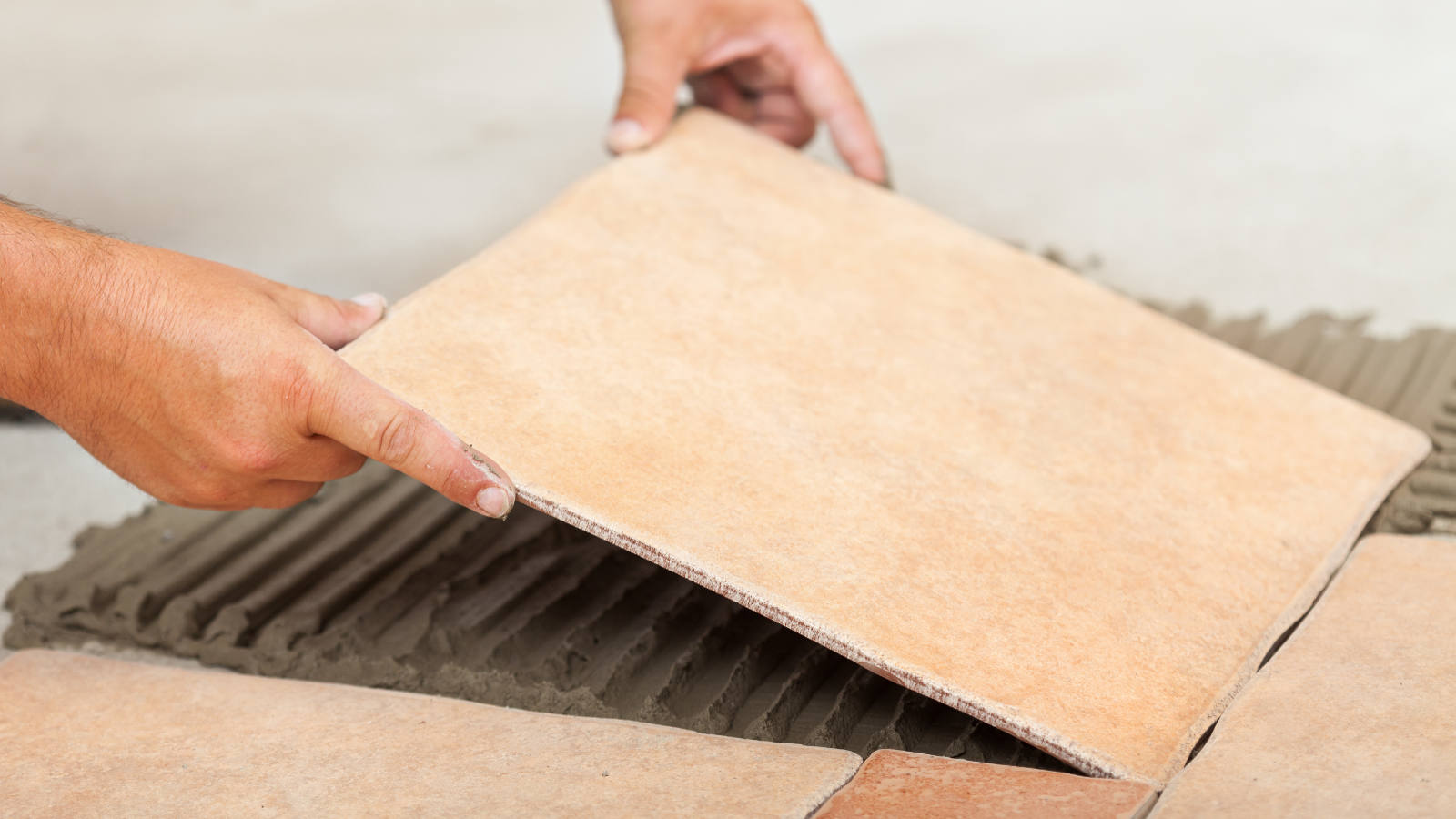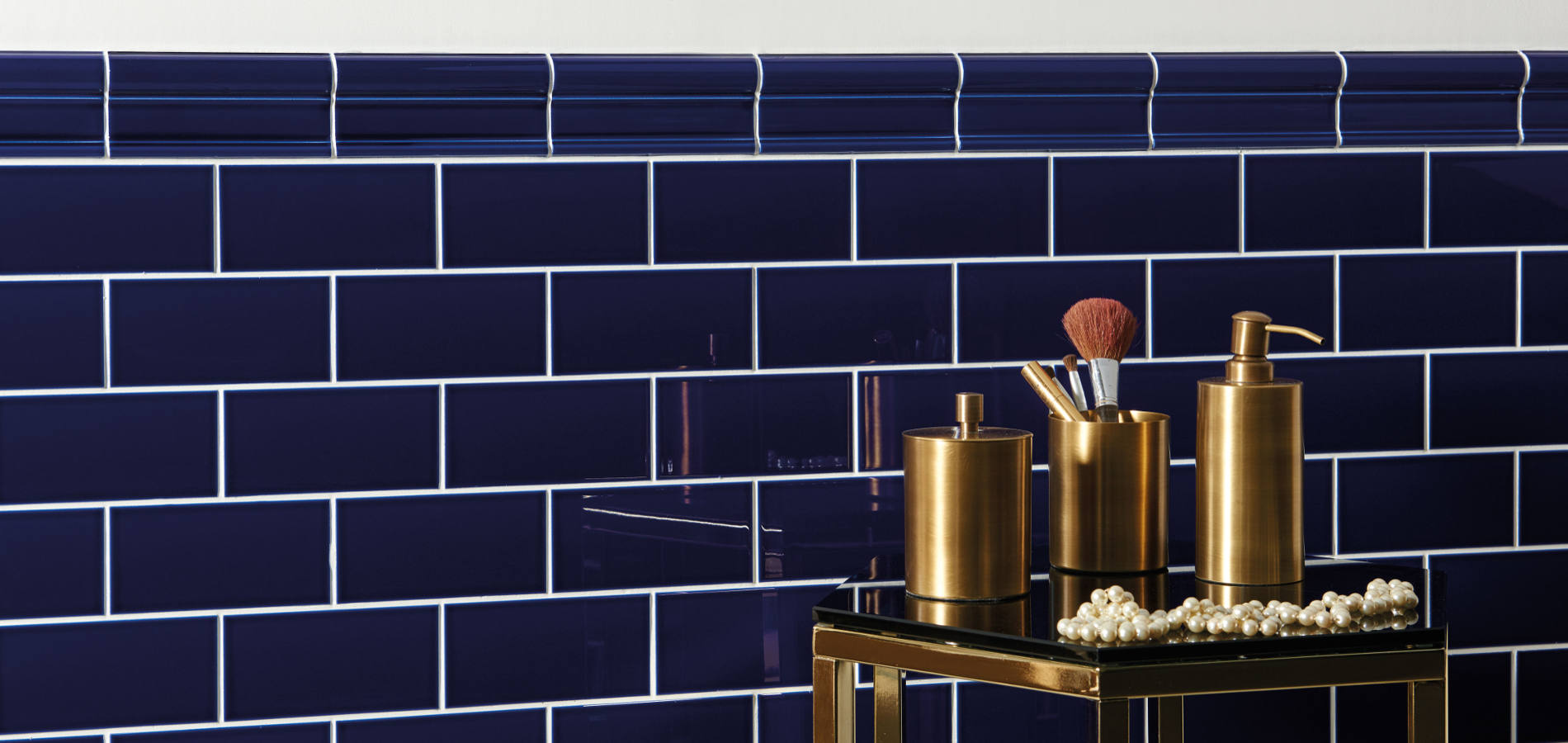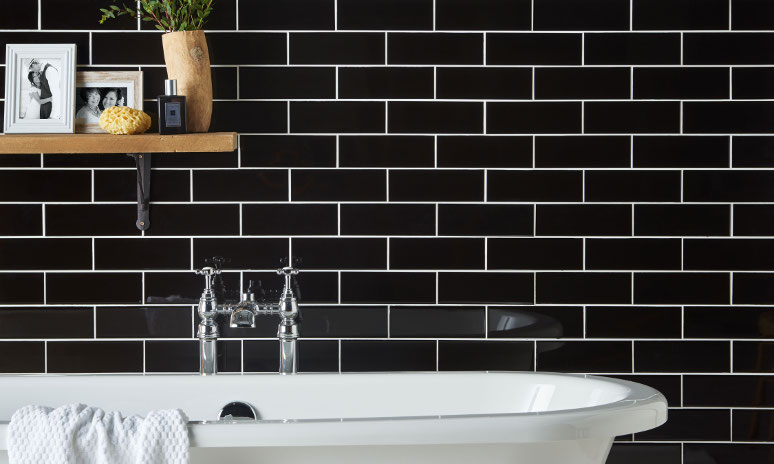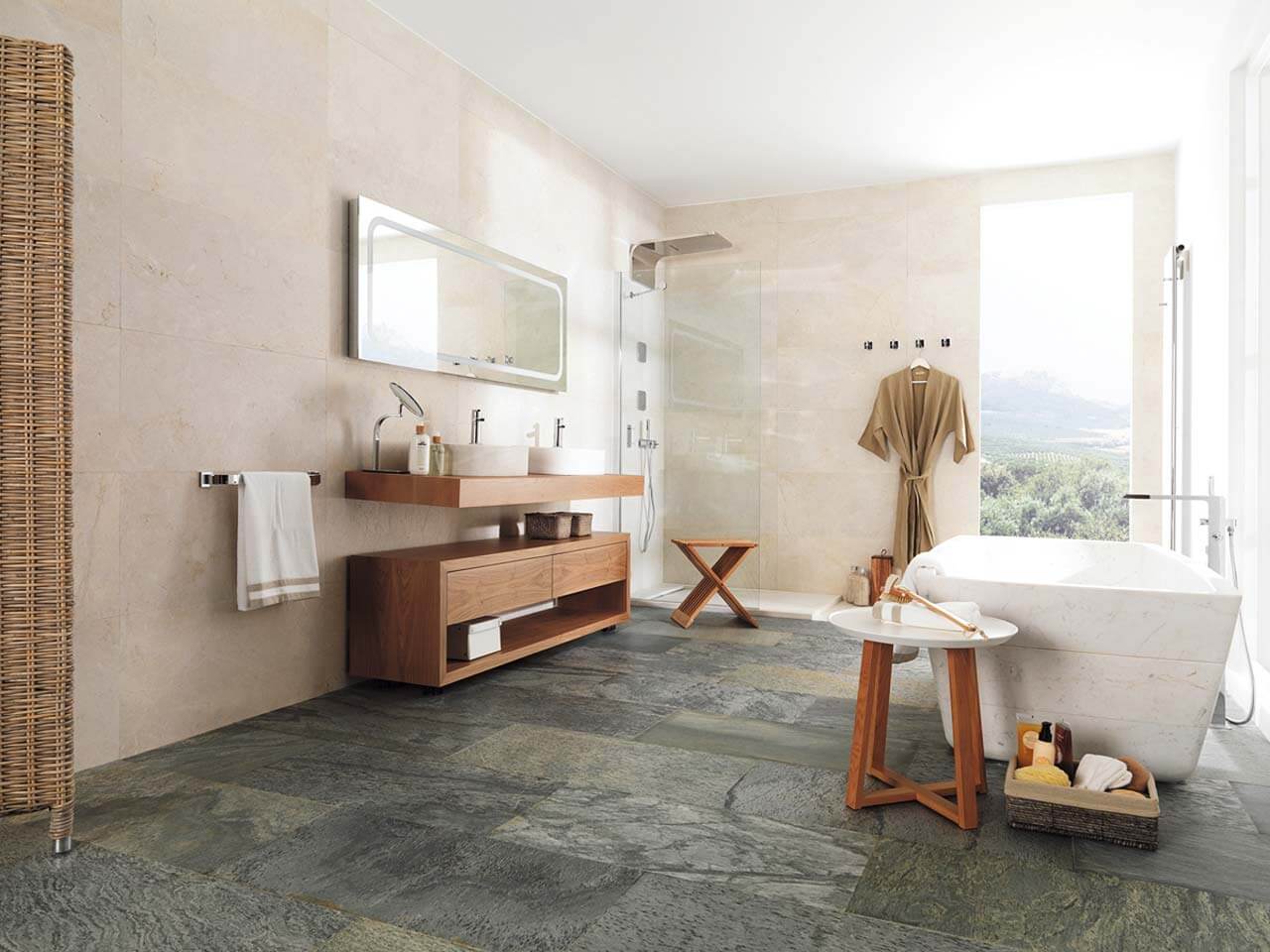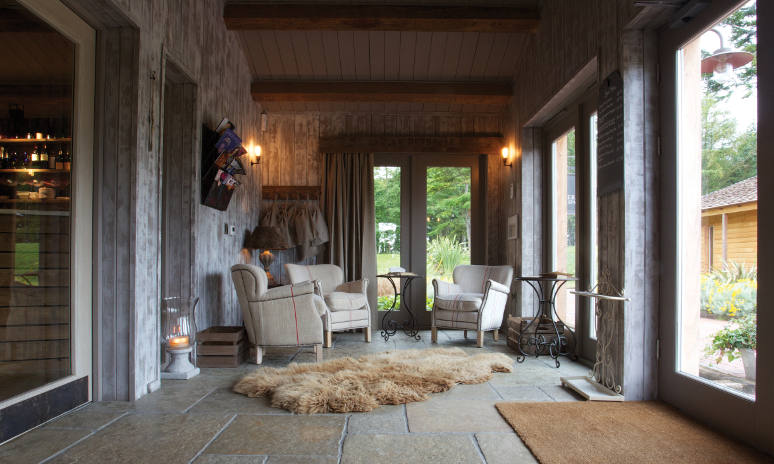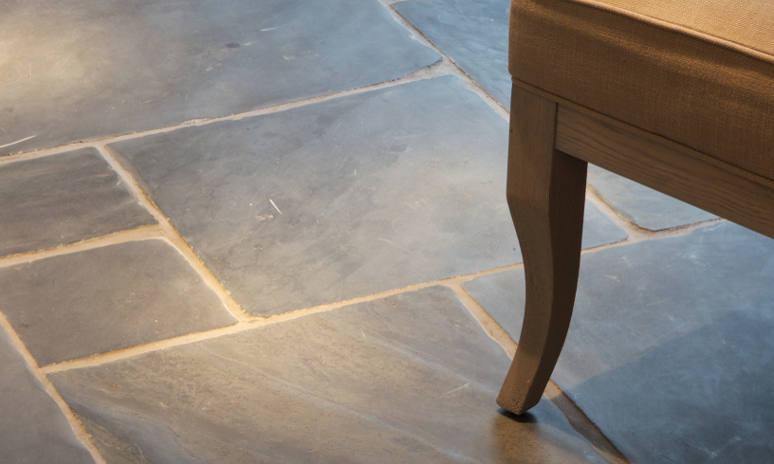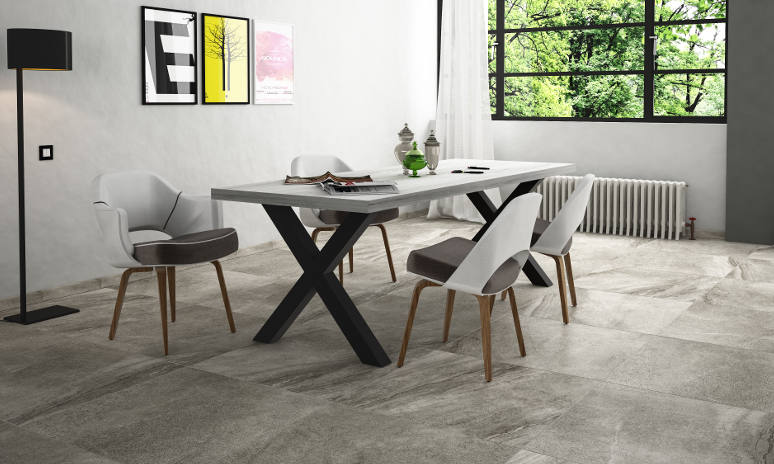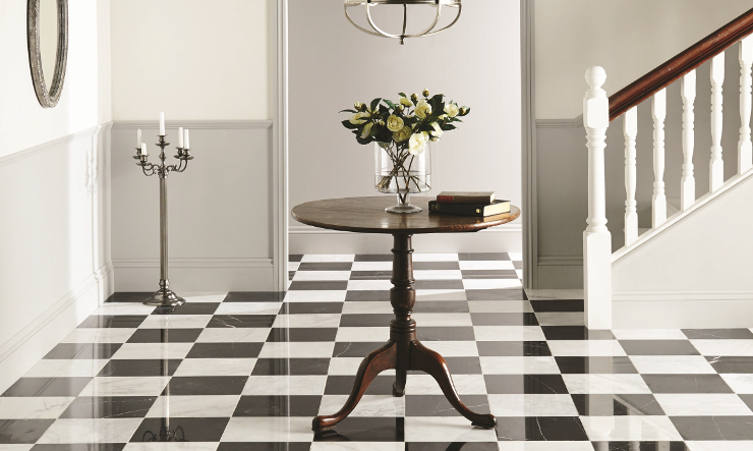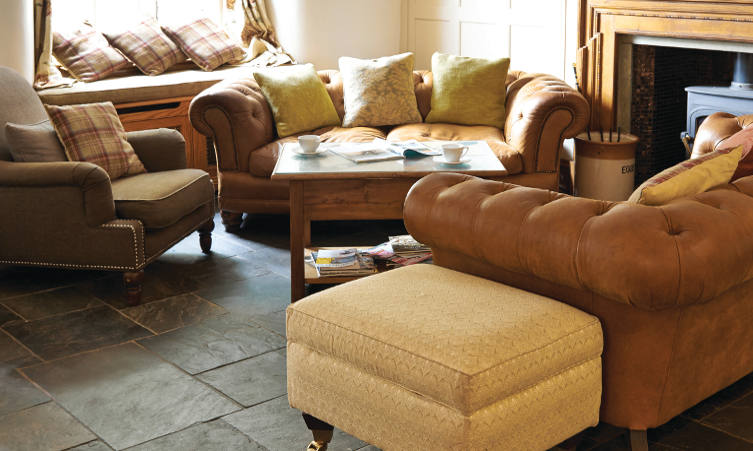
If you’re eager to decorate your home with some stunning natural stone tiling, you should probably start by considering which rooms will benefit most from limestone, slate, travertine or possibly even marble.
Natural stone tiles are great if you want to bring an abundance of character to your home, whether its a contemporary layout or something grade-listed and antique.
Here are three less obvious rooms in any household that can benefit from stone tiling:
1. Conservatory
If you’re tired of a concrete conservatory floor or having trouble with rotting wood, natural stone tiles are a great flooring alternative. Natural stone tiles bring a certain warmth to any room, though it works brilliantly from the comfort of a conservatory armchair whilst you enjoy the outdoor scenery.
2. Entrance Hall/ Hallway
The hallway is often overlooked when it comes to interior decor, with people happy to lay down some carpet or natural wooden flooring without worrying too much. On the other hand, a beautifully decorated entrance hall with limestone flooring can really set the tone of any successful interior design atmosphere.
3. Laundry Room
If you’re lucky enough to have a designated laundry room, you might consider decorating the walls and floors with natural stone tiling that reflects the general atmosphere of the room. If it’s near the kitchen, stone tiles that mirror the design aspects of next door can really enhance the continuity of your home.
